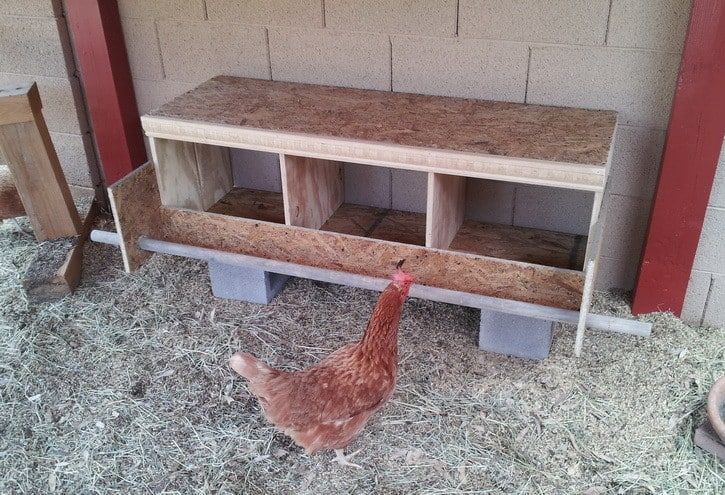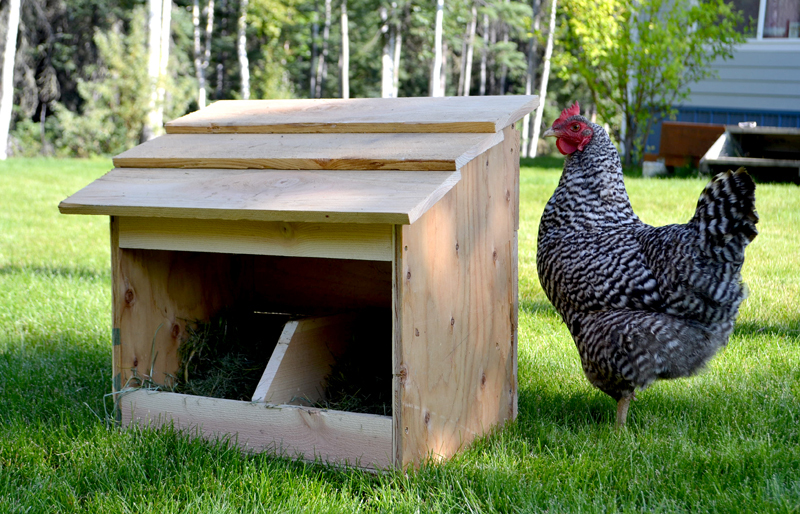When it comes to raising backyard chickens, one of the essential components is providing suitable chicken nesting box ideas to encourage egg-laying. A well-designed nesting box not only provides comfort for your hens but also ensures that your eggs are clean and easy to collect. In this article, we will explore a variety of chicken nesting box ideas to help you create the perfect space for your feathered friends.

Why Are Nesting Boxes Important?
Nesting boxes play a crucial role in the daily lives of your hens. They offer a private and secure area where hens feel comfortable enough to lay their eggs. Without proper nesting boxes, chickens might lay eggs in random spots, making them harder to find and potentially damaging the eggs. Additionally, nesting boxes can help prevent egg-eating habits among chickens by providing a safe place for eggs to be laid and collected promptly.
Key Features of a Good Chicken Nesting Box
Before diving into specific chicken nesting box ideas, it’s essential to understand the key features that make a nesting box effective:
1. Size and Space
Your nesting box should be large enough to comfortably accommodate a hen. Typically, a box measuring around 12x12x12 inches is suitable for most breeds.
2. Privacy and Security
Hens prefer a quiet and secluded space to lay eggs. Ensure the nesting box is placed in a low-traffic area of the coop.
3. Easy Access
While privacy is crucial, the box should still be easily accessible for collecting eggs and cleaning.
4. Proper Ventilation
Good ventilation is vital to prevent moisture build-up and ensure a healthy environment for your chickens.
5. Comfortable Lining
Use materials like straw, hay, or wood shavings to line the nesting box, providing comfort and insulation.
DIY Chicken Nesting Box Ideas
Creating your own nesting boxes can be a fun and rewarding project. Here are some creative chicken nesting box ideas to consider:
1. Repurposed Wooden Crates
Wooden crates can be easily transformed into nesting boxes with a bit of cleaning and a comfortable lining. These are readily available and can be stacked to save space.
2. Plastic Storage Bins
Plastic storage bins are durable and easy to clean. Cut a hole in one side for entry and add bedding for comfort. DIY Bucket Nest Box ideas also work well for small coops.
3. Old Drawers
If you have old drawers lying around, they can be converted into nesting boxes. Ensure they are stable, line them with bedding, and place them in a quiet corner of the coop.
4. Tire Nesting Boxes
Old tires can be used as nesting boxes by filling them with straw or hay. They provide a cozy and warm environment for laying eggs.
5. Recycled Pallets
Pallet wood is versatile and can be used to build custom-sized nesting boxes. These can be mounted on the walls of the coop to save floor space.
Maintaining Your Chicken Nesting Boxes
Once you have your nesting boxes set up, regular maintenance is essential to ensure they remain clean and inviting for your hens.
Cleaning and Sanitizing
Regularly remove soiled bedding and replace it with fresh materials. This helps maintain a hygienic environment, reducing the risk of disease.
Inspecting for Damage
Check for wear and tear regularly. Repair or replace any damaged parts to ensure the safety and comfort of your chickens.
Pest Control
Keep an eye out for pests like mites and lice. Regular cleaning and using natural pest deterrents can help keep these at bay.
Where to Place Your Nesting Boxes
The location of your nesting boxes within the coop can influence how often your hens use them. Here are a few placement tips:
1. Away from Roosting Areas
Place nesting boxes away from roosting areas to keep them clean and prevent disturbance while hens lay eggs.
2. Low-Traffic Areas
Ensure that nesting boxes are in a quiet part of the coop where hens can lay their eggs undisturbed.
3. Elevated from the Ground
Mount boxes slightly off the ground to protect against predators and moisture.
Additional Tips for Successful Egg Laying
Beyond providing suitable nesting boxes, several other factors can support successful egg-laying in your flock.
1. Balanced Diet
Ensure your chickens have access to a balanced diet, rich in calcium and protein, to support egg production.
2. Adequate Lighting
Lighting plays a crucial role in egg production. Ensure your chickens receive enough daylight or artificial light during shorter days.
3. Consistent Routine
Chickens thrive on routine. Keep feeding and cleaning schedules consistent to reduce stress and encourage egg-laying.

FAQ Section
1. How many nesting boxes do I need for my flock?
A general rule of thumb is to provide one nesting box for every 4-5 hens.
2. What materials can I use for lining the nesting boxes?
Common materials include straw, hay, wood shavings, and shredded paper. Ensure they are clean and dry.
3. Can I use metal nesting boxes?
Yes, metal boxes can be used, but ensure they have a comfortable lining and are placed in a shaded area to prevent overheating.
In conclusion, providing your chickens with well-thought-out nesting boxes can significantly impact their well-being and egg production. Whether you opt for DIY solutions or purchase ready-made boxes, the key is to ensure they are safe, clean, and comfortable. For more detailed guides on raising chickens, check out our Chick Brooder Setup and other resources on our website. Happy chicken keeping!
This article contains affiliate links. We may earn a commission at no extra cost to you.










